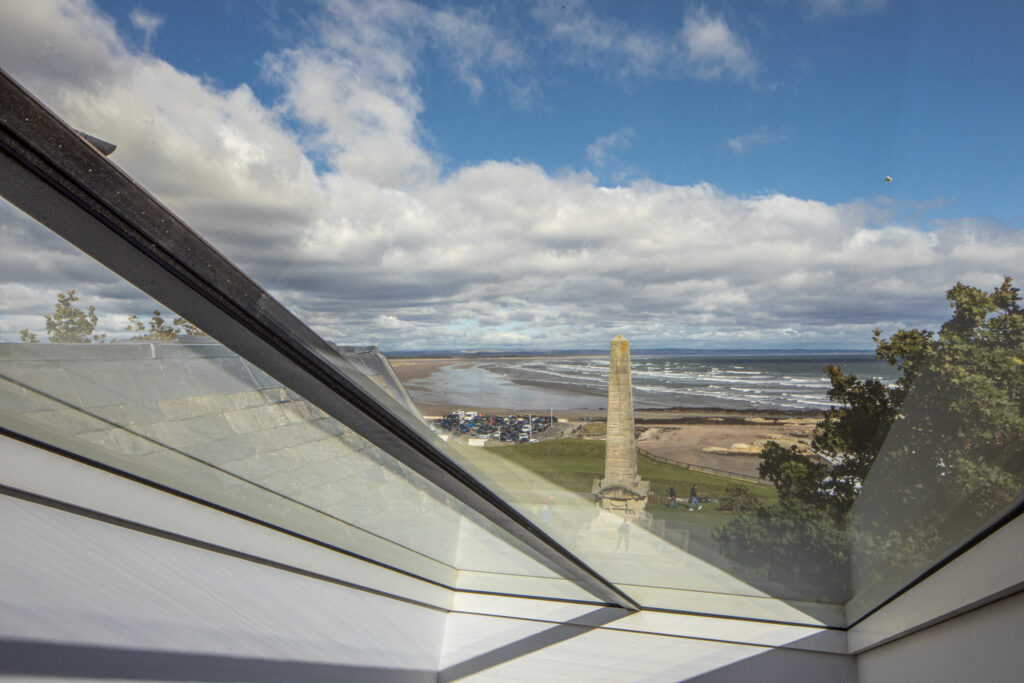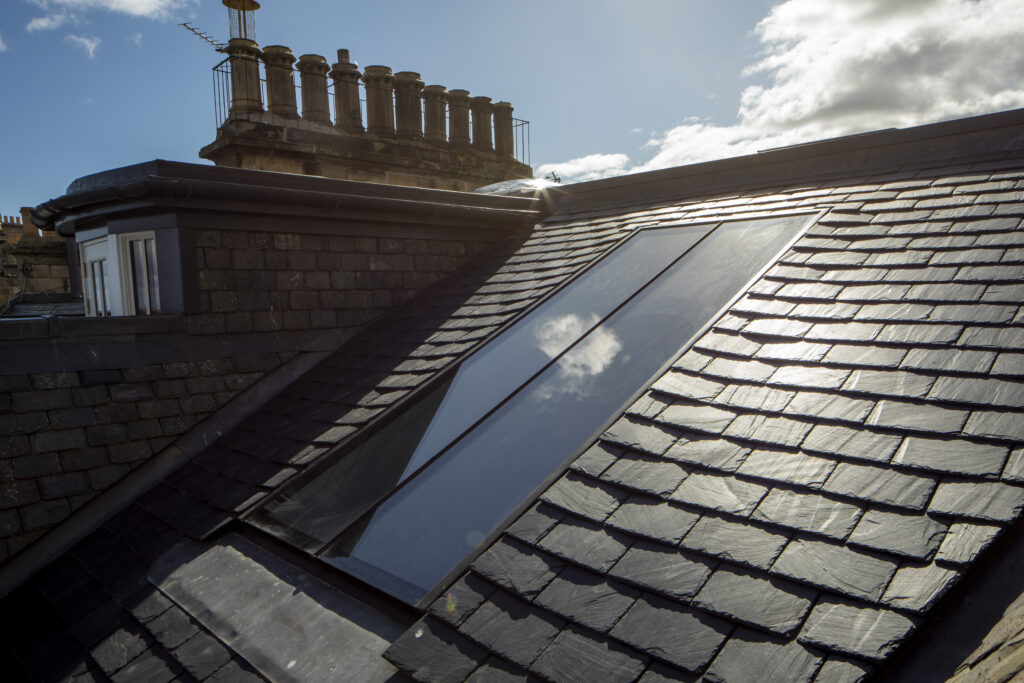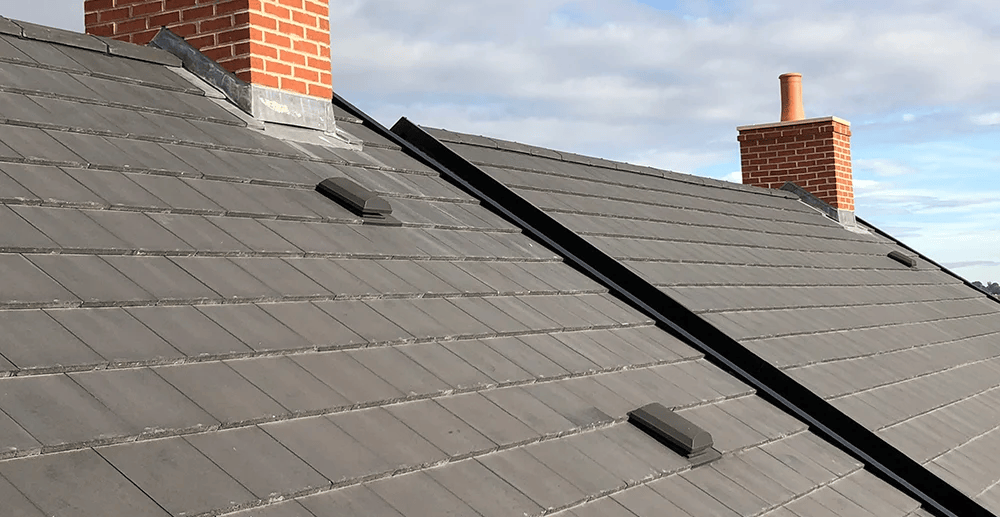We recently had a customer query whether the purchase of rooflights falls within the remit of the 5% VAT rate for building services.
The short answer is unfortunately not.
While such schemes may appear fantastic on the face of it, when you dig a bit deeper it’s not as straightforward as you might be lead to believe, and if someone makes a mistake it won’t be HMRC that is out of pocket.
Following the advice of HMRC, ‘the reduced rate only applies to materials you provide along with the service of incorporating them into the building’.
For full guidance on this matter please refer to the following:
Section 13.3 of this advice gives the HMRC meaning of ‘incorporated’ and it is this section, which determines that we must charge the full rate as Stella Rooflight does not offer any kind of installation service.
13.3 The meaning of ‘incorporated’
An article is ‘incorporated’ in a building (or its site) when it’s fixed in such a way that its fixing or removal would either:
- require the use of tools
- result in either the need for remedial work to the fabric of the building (or its site), or substantial damage to the goods themselves
Examples of articles ‘incorporated’ in a building (or its site) include:
- built-in and fitted furniture (but note that only built-in or fitted kitchen furniture are ‘building materials’
- built-in, wired-in or plumbed-in appliances such as boilers or wired-in storage heaters (but note that only certain gas and electrical appliances are ‘building materials’, items such as hobs and ovens are not
- flooring (but note that carpets are not ‘building materials’
- topsoil, trees, shrubs, turf, grass seed and plants (but note that trees, shrubs and plants are only ‘building materials’ in particular circumstances
Examples of goods that are not ‘incorporated’ in a building (or its site) include free-standing:
- appliances that are merely plugged in
- furniture such as sofas, tables and chairs, and so on
An alternative solution?
Of course, if your builder is VAT registered then they could buy rooflights from us, reclaim the standard 20% VAT as usual and then charge you as the end client the 5%. However, this would mean that they will have to find the extra funds initially and then claim back the difference on their own VAT return.





